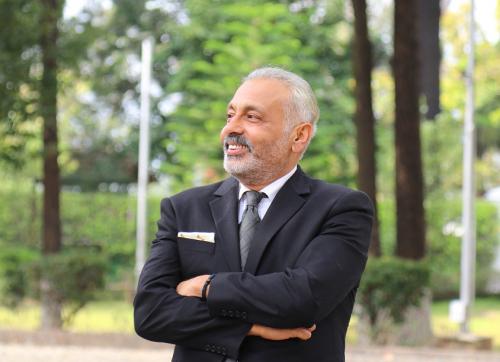Impact of Multilingual Approach on the Learners' Mind

Making classrooms entirely English-speaking denies kids the chance to gain important linguistic proficiency in their own tongues. Bilingualism permits students to become fluent in several languages while in school. It enhances the standard of our social interactions and supports the preservation of our cultural identity. Bilingual education in India has benefits for students in terms of academic performance, boosted self-esteem, and greater self-confidence. But what about classroom instruction, when a student’s proficiency in Hindi or English is associated with their academic progress? Does there exist a strategy that teachers can employ to include bilingualism into their lessons so that students can study in the language of their choice?
“It is crucial to see all of the students’ languages as resources rather than as extra baggage on the way to using only the language of instruction, whether in a passive way by allowing students to use their native tongue or in an active way by implementing teaching and learning practices that draw on multiple languages. Today’s society and workplace place a great priority on being multilingual. Knowing two languages well not only broadens job opportunities but also improves a person’s capacity for thought and understanding,” says Anoop Singh Bishnoi.
The process of learning a language is complicated, and the growth of competency depends on a variety of variables. A child, no matter what age, could be excellent at learning many languages at home, but it takes careful preparation and resources to teach kids new (and multiple) languages in school. Small instructional actions like demonstrating an interest in and respect for students’ language and cultural assets can have a big impact. To enhance group work, for instance, encouraging pupils to speak their native tongues allows them to access prior information that would otherwise go untapped. Such methods can deliver inclusive chances for in-depth learning as well as efficient scaffolding for knowledge development and language proficiency.
However, to teach in multilingual environments effectively, educators need specialized training. They need to be multilingual and have educational skills to meet the varying demands of students. It might be difficult to give instructors complete training and opportunity for professional growth, especially in isolated or underdeveloped locations. Moreover, the successful implementation of multilingual classrooms is hampered by a lack of resources and the absence of high-quality instructional materials in regional languages in many areas.
By actively and efficiently overcoming issues like limited resources, inadequate teacher preparation, language domination, and standardized tests through methodical work and cooperative strategies, India can develop a more inclusive and powerful educational system that equips students for success in a world that is becoming more interconnected. By recognizing and utilizing the benefits of multilingual education, our classrooms can prepare children for adversities while also coming up with creative solutions, all they need to compete in the future of a globalized world.
Post Your Ad Here
Comments